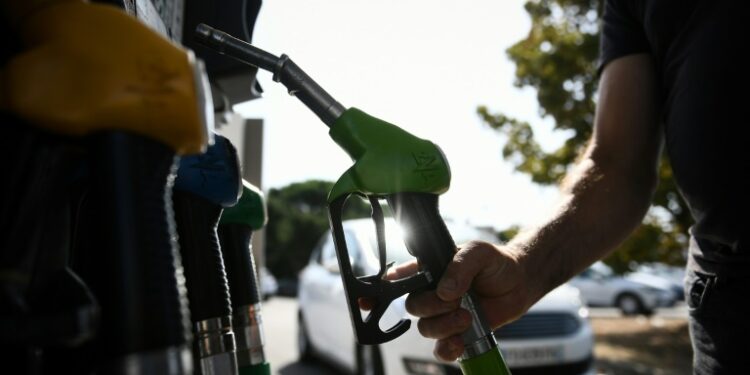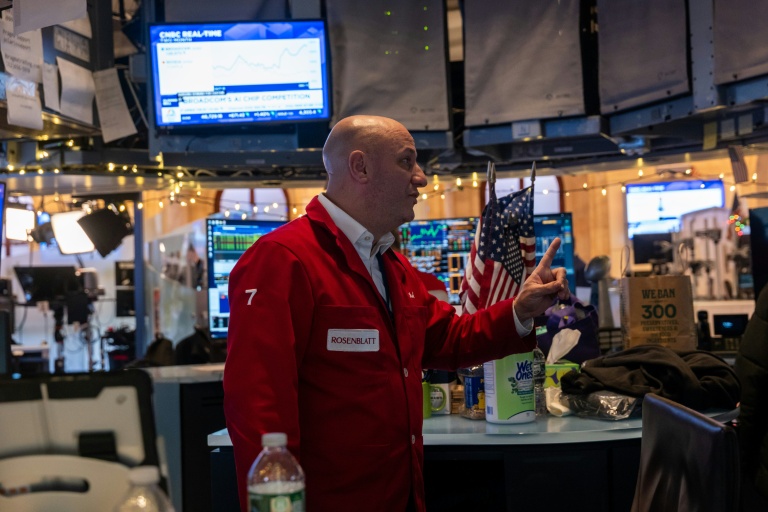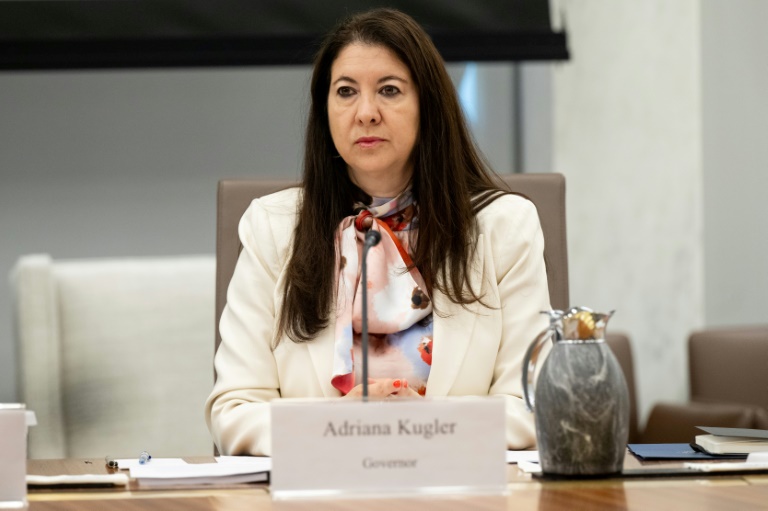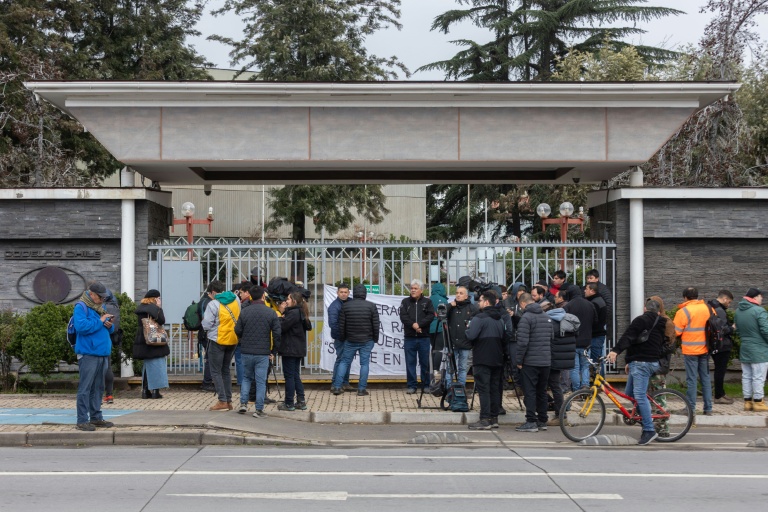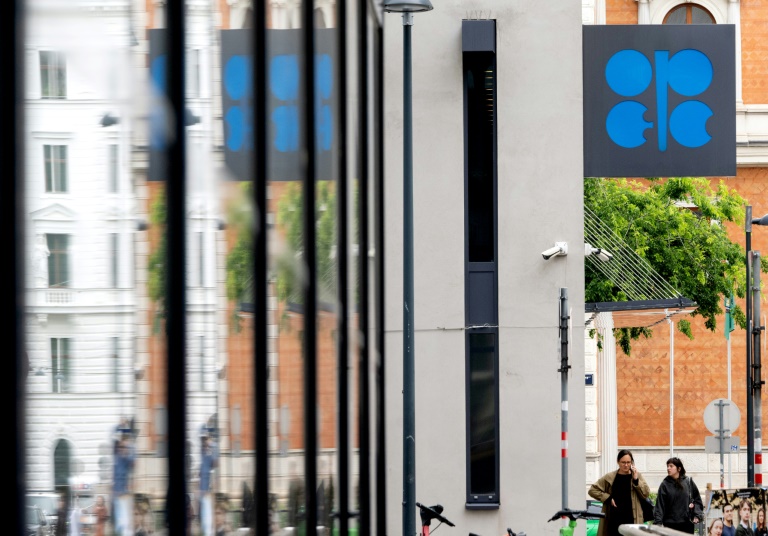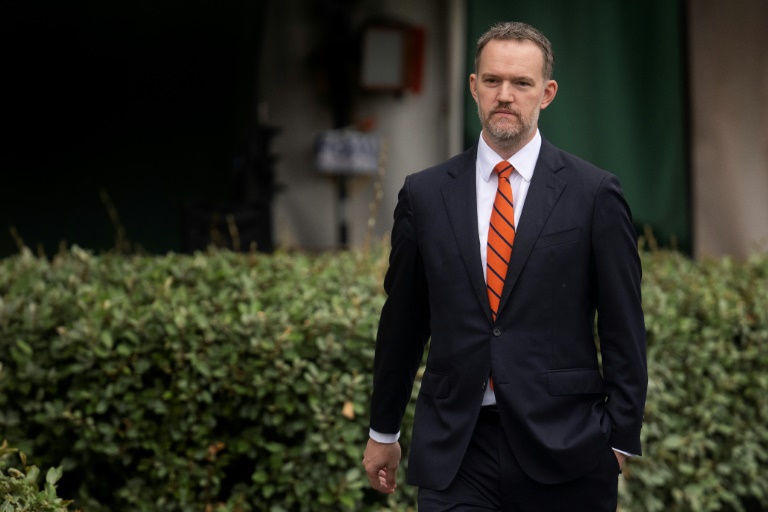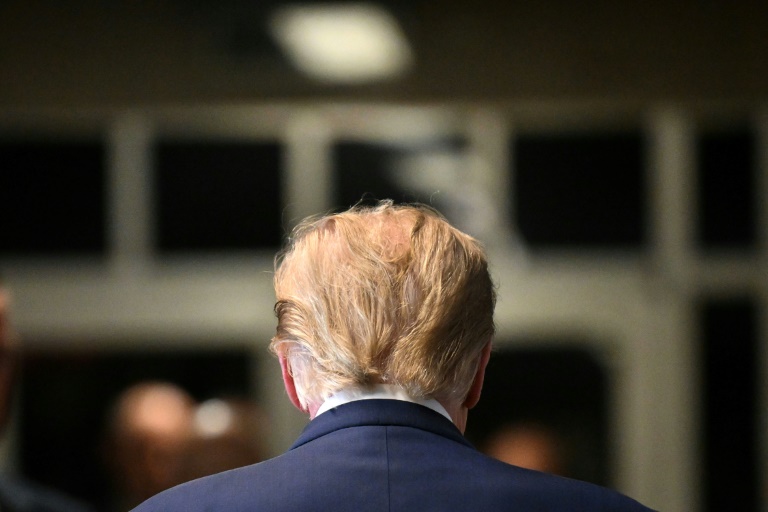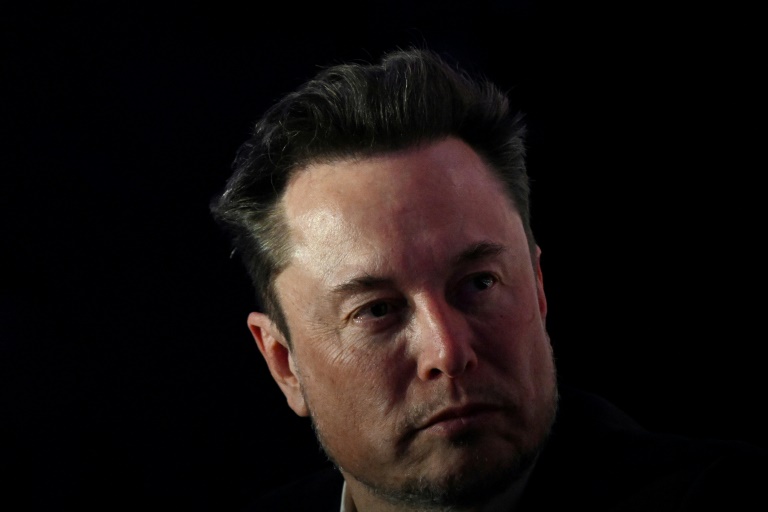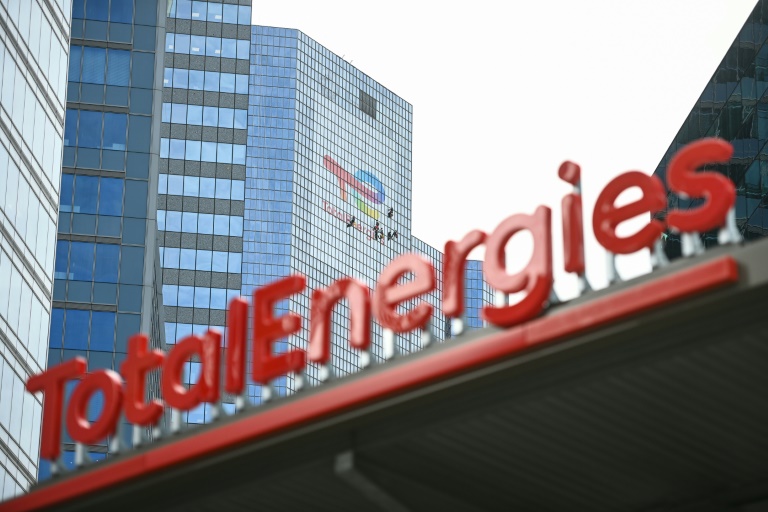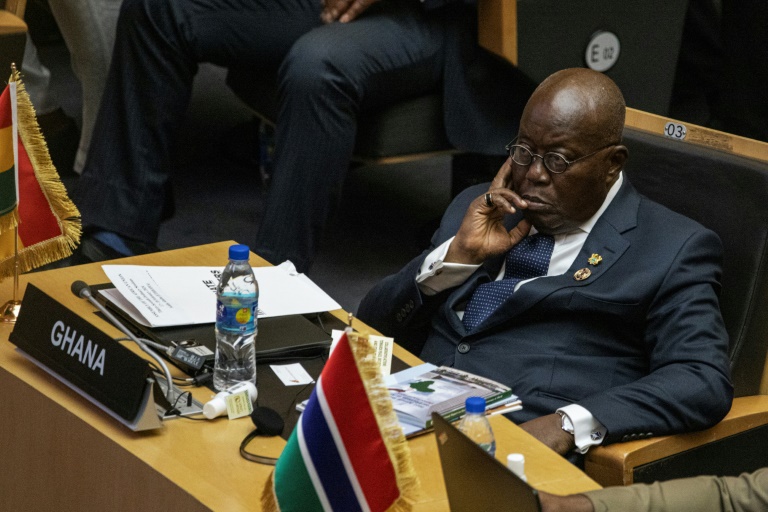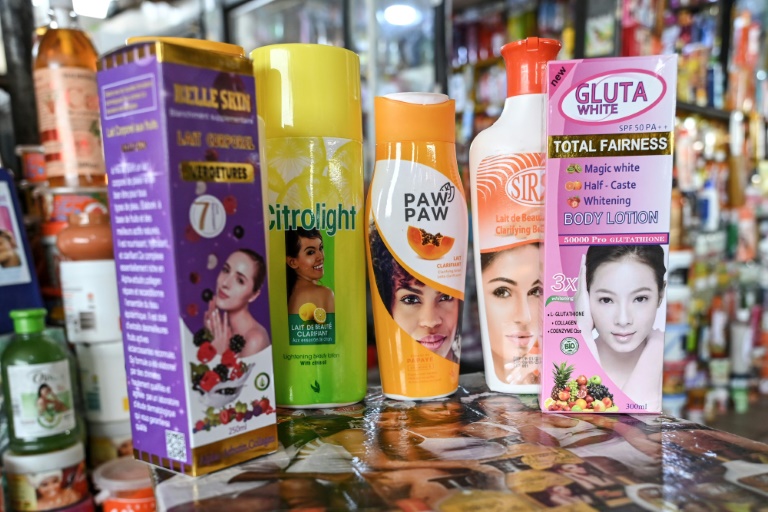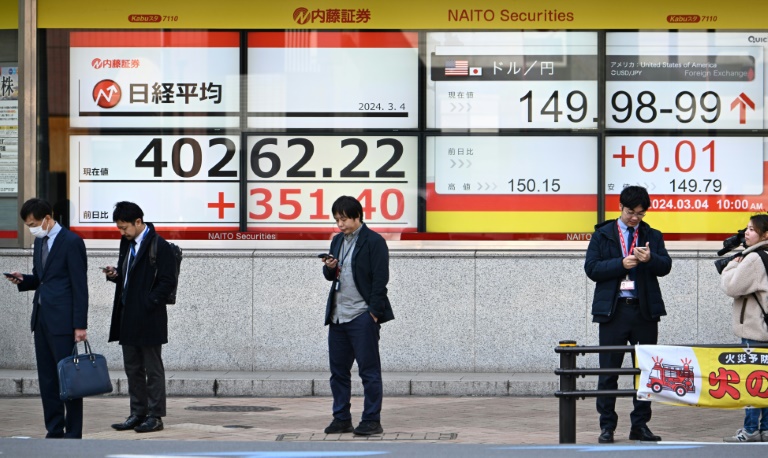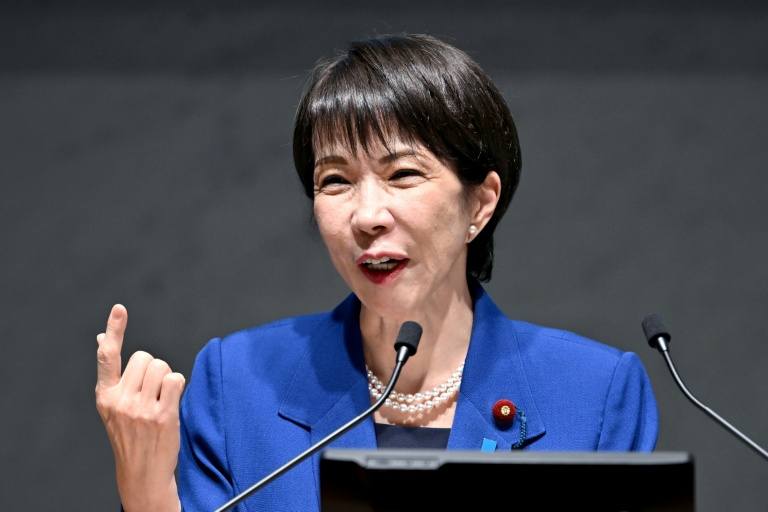London (AFP) – Saudi Arabia, Russia, and six other key members of the OPEC+ alliance are expected to further hike oil production in a meeting Sunday, a move analysts say is aimed at regaining market share amid resilient crude prices. The anticipated output increase by the group of eight oil-producing countries known as the “Voluntary Eight” (V8), would be the latest in a series of hikes that began in April.
In a bid to boost prices, the wider OPEC+ group — comprising the 12-nation Organization of the Petroleum Exporting Countries (OPEC) and its allies — has agreed to three different tranches of output cuts in recent years that amounted to almost 6 million barrels per day (bpd) in total. Analysts expect the V8 group — namely Saudi Arabia, Russia, Iraq, United Arab Emirates, Kuwait, Kazakhstan, Algeria, and Oman — to agree on another output increase of 548,000 bpd for September, a target similar to the one approved in August.
According to UBS analyst Giovanni Staunovo, the likely “quota increase is largely priced in” already, with the price of Brent, the global benchmark for oil, expected to remain near its current level of around $70 per barrel after Sunday’s decision. Since April, the V8 group has placed increased focus on regaining market share over price stability, marking a policy shift after years of enforcing production cuts to prop up prices.
However, it remains unclear which strategy the group intends to pursue after Sunday’s meeting. According to Warren Patterson, an analyst at ING, the V8 nations will likely “take a pause in supply hikes after September.” Crude prices have held up better than most analysts had predicted since the production increases began, mainly due to traditionally high summer demand and significant geopolitical risk premiums being built into prices, particularly since the 12-day Iran-Israel war. Moreover, the actual increase in production between March and June was less than the increase in quotas during the same period, Staunovo noted, quoting OPEC sources.
The market is “set to move into large surplus” of oil supply from October, Patterson warned, cautioning that OPEC+ should remain careful not to be “adding to this surplus.” Tamas Varga, an analyst at PVM, emphasized that “OPEC+ is doing the balancing act of regaining market share and not sending oil prices plummeting,” which would lead to a drop in profits. Saudi Arabia, the group’s most influential member, relies heavily on oil revenues to finance its ambitious plan aimed at diversifying the economy. The unwinding of another set of production cuts of around 3.7 million bpd is to be discussed at the next OPEC+ ministerial meeting in November.
With demand being unstable in the face of US President Donald Trump’s erratic policymaking on trade and supply under threat by geopolitical risks, experts say it is difficult to predict what is next for the oil market. In the latest twist in late July, Trump gave Moscow ten days to end the war in Ukraine, threatening sanctions on Russia otherwise. “We’re gonna put on tariffs and stuff,” he vowed. Trump previously hinted at an indirect 100-percent surcharge on countries that continue to buy Russian products, particularly hydrocarbons, to dry up Moscow’s revenues. He has specifically targeted India, the second largest importer of Russian oil at around 1.6 million bpd since the beginning of the year.
These developments could prompt OPEC+ to make further policy decisions. However, Staunovo stated that “OPEC+ will react only to real supply disruptions” and not to price increases linked to risk premiums.
© 2024 AFP

